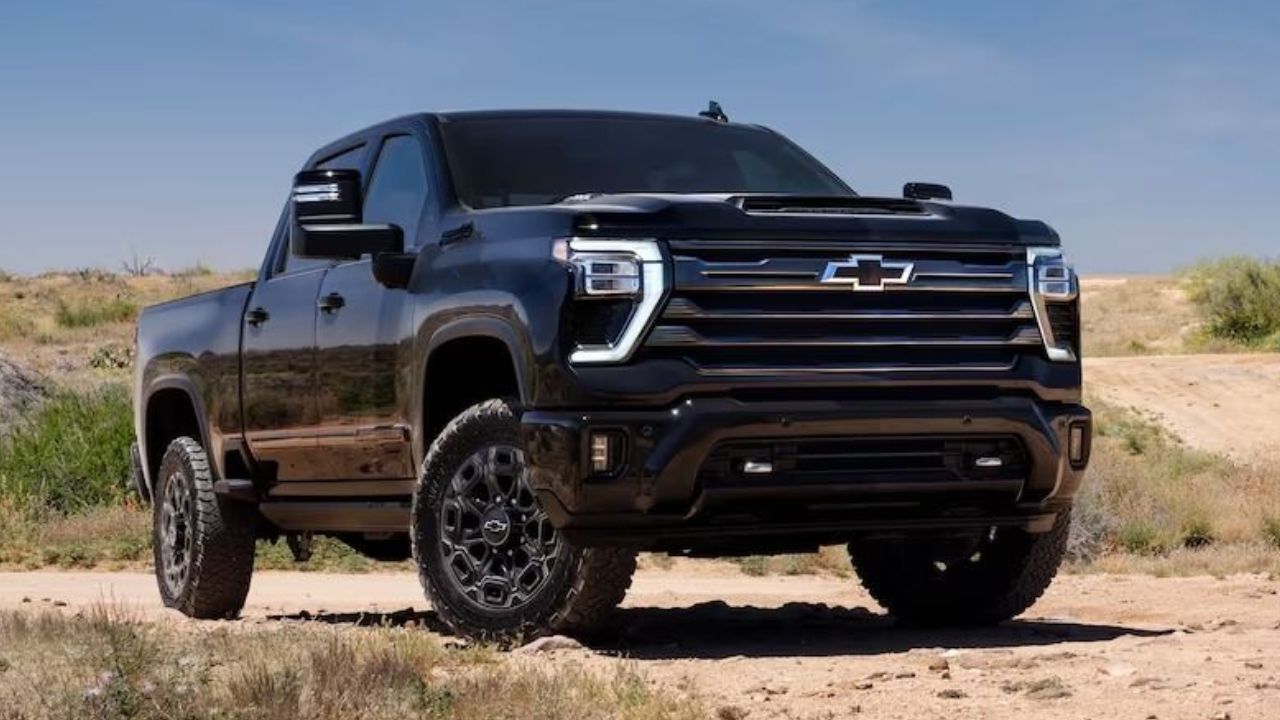If you’re shopping for a heavy-duty pickup truck, the 2026 Chevy Silverado HD might look nearly identical to last year’s model at first glance. However, Chevrolet has quietly made some significant changes to their lineup that could affect your buying decision. Let’s break down exactly what configurations you can no longer get and what this means for truck buyers.
The Big Changes: What’s No Longer Available
Two-Wheel Drive Gets Limited
The most significant change for 2026 involves which trims can still be ordered with rear-wheel drive. Previously, you could get most Silverado HD trims in either 2WD or 4WD configurations. That flexibility has been reduced considerably.
The LT and LTZ trim levels no longer offer rear-wheel drive options, with the exception of LT Chassis-Cab models. This means if you want a work truck that doesn’t need four-wheel drive capability, your choices have become more limited.
Double Cab LTZ Disappears
Another notable change affects the LTZ trim specifically. The LTZ trim will no longer be available in the Double Cab body style. If you were hoping for that mid-level luxury in the extended cab configuration, you’ll need to look at other trim levels or step up to the Crew Cab.
What Still Offers Both Drive Options
The good news is that the work-focused trims maintain their flexibility. WT (Work Truck) and Custom will be the only 2026 Chevy Silverado HD trims available with both 2WD and 4WD. This makes sense from a practical standpoint, as these are typically the trims chosen by contractors and fleet buyers who need cost-effective solutions.
Why These Changes Matter for Buyers
Cost Considerations
Two-wheel drive trucks typically cost less than their four-wheel drive counterparts, both in initial purchase price and ongoing maintenance. By limiting 2WD availability to lower trim levels, Chevrolet is essentially pushing buyers who want mid-level or luxury features toward more expensive 4WD configurations.
For many buyers, especially those in warmer climates or urban areas, four-wheel drive isn’t necessary for their daily work. The loss of 2WD options in LT and LTZ trims means these customers will either need to settle for base trims or pay extra for 4WD capability they may never use.
Fleet and Commercial Impact
These changes could particularly affect commercial buyers who purchase trucks in volume. Companies that need mid-level features but operate primarily on paved roads may find their options more limited, potentially pushing them toward competitors or forcing budget adjustments.
What Stays the Same for 2026
Engine Options Remain Strong
Despite the configuration changes, the Silverado HD maintains its impressive powertrain lineup. You’ll still get the choice between the standard naturally aspirated 6.6L V8 L8T gasoline engine, delivering 401 horsepower and 464 pound-feet of torque, and the available 6.6L V8 L5P turbodiesel Duramax, which is rated at 470 horsepower and 975 pound-feet of torque.
Both engines continue to pair with the proven Allison 10-speed automatic transmission, ensuring smooth power delivery whether you’re hauling equipment or towing a heavy trailer.
Capability Remains Impressive
The truck’s fundamental strengths haven’t changed. Depending on the cab and bed combination and drivetrain, the Silverado 2500HD’s payload capacity ranges from 3,372 pounds to 3,689 pounds. The Silverado 2500HD can tug between 14,500 pounds and 20,000 pounds on a conventional hitch and up to 22,430 pounds with a fifth-wheel.
Technology and Comfort Features Continue
The Silverado HD maintains its competitive edge in technology, offering features like a 14-camera surround-view system and adaptive cruise control, both optimized for safer trailering. The interior continues to offer flexible seating arrangements and modern infotainment systems.
Pricing Impact and Value Proposition
Starting Prices and Top-End Models
Pricing begins at $48,195 for the base 2026 Silverado 2500 HD WT with a Regular Cab, Long Bed, 2WD, and the naturally aspirated 6.6L V8 L8T gasoline engine. At the top end, the most expensive configuration is the 2500 HD ZR2 Bison Crew Cab Standard Bed 4WD with the 6.6L V8 L5P turbodiesel Duramax engine, which is priced at $94,260.
Most configurations have seen a $700 price increase for 2026, which includes a $400 bump in destination freight charges. This means buyers are paying more for fewer configuration options.
Competition Considerations
These changes come at a time when the heavy-duty truck market remains competitive. The Chevy Silverado 2500HD’s only competitors being the Ford F-250 and Ram 2500, along with the GMC Sierra 2500HD. Ford currently leads in raw capability numbers, while Ram offers superior interior luxury.
Fresh Updates for 2026
New Paint Options
While losing some configurations, Chevrolet has added visual appeal with new color choices. The two new paint options for the 2026 Chevy Silverado HD are Polar White Tricoat (paint code G4J) and White Sands (G42). They replace two discontinued colors, Iridescent Pearl Tricoat (G1W) and Slate Gray Metallic (GNO).
Production Timeline
For those ready to order, the start of regular production (SORP) for the 2026 Chevy Silverado HD will begin on August 11th, 2025, with dealers able to configure the vehicle online and save orders for the 2026 Silverado HD on June 12th, 2025.
Making the Right Choice
Who Should Still Consider the Silverado HD
Despite the reduced configuration options, the Silverado HD remains a solid choice for buyers who need proven heavy-duty capability. The truck excels in real-world applications and offers competitive technology features. If you can live with the available configurations, it delivers excellent value.
Alternative Considerations
If the dropped configurations were important to your specific needs, it’s worth comparing current offerings from Ford and Ram. Each manufacturer has different strengths, and what matters most depends on your specific use case, budget, and preferences.
The 2026 Silverado HD continues to offer impressive capability and proven reliability, but these configuration changes mean you’ll need to be more flexible in your selection process. Understanding these limitations upfront can help you make the best decision for your needs and budget.
